Resources
Resources
Stay up to date with the latest news, opinions and free resources from Device Authority.
From company announcements, expert opinion on the latest IoT security issues or helpful guides to support your own organization, use our filters below to find the resources most useful for you.
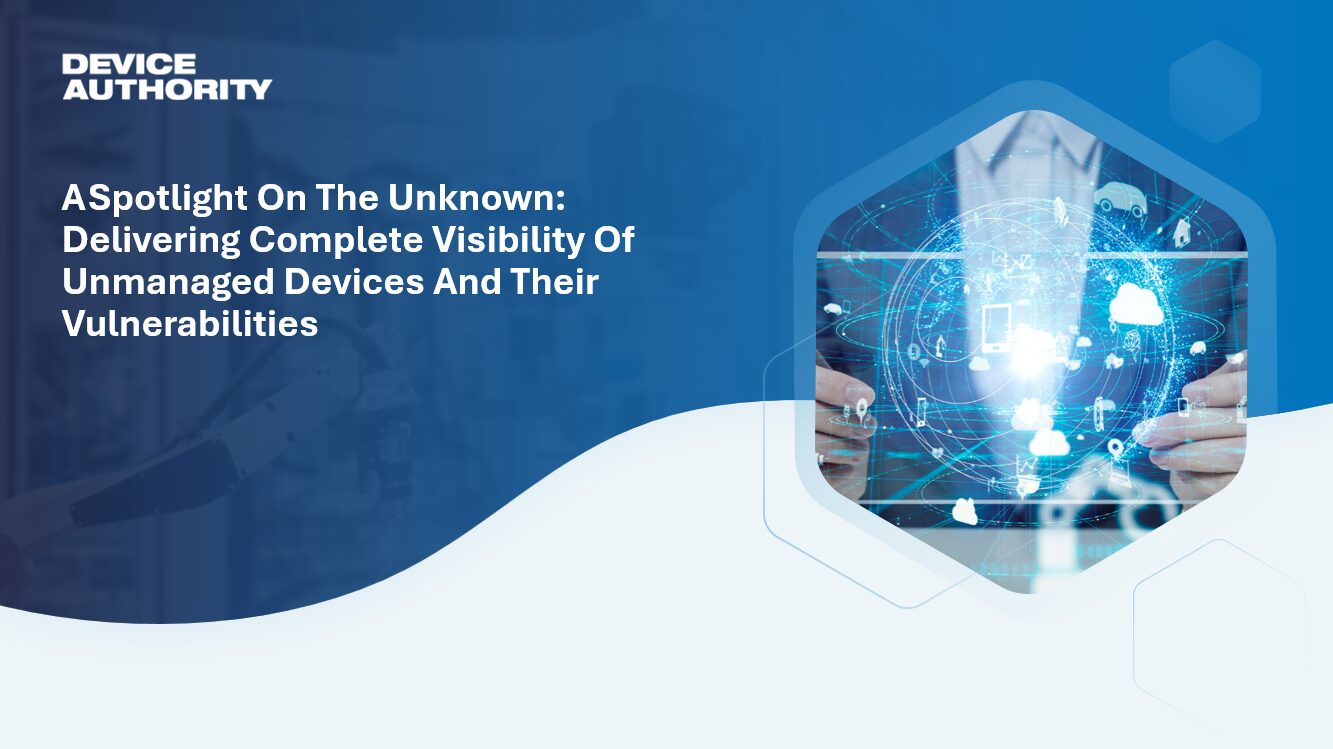
A Spotlight On The Unknown: Delivering Complete Visibility Of Unmanaged Devices And Their Vulnerabilities
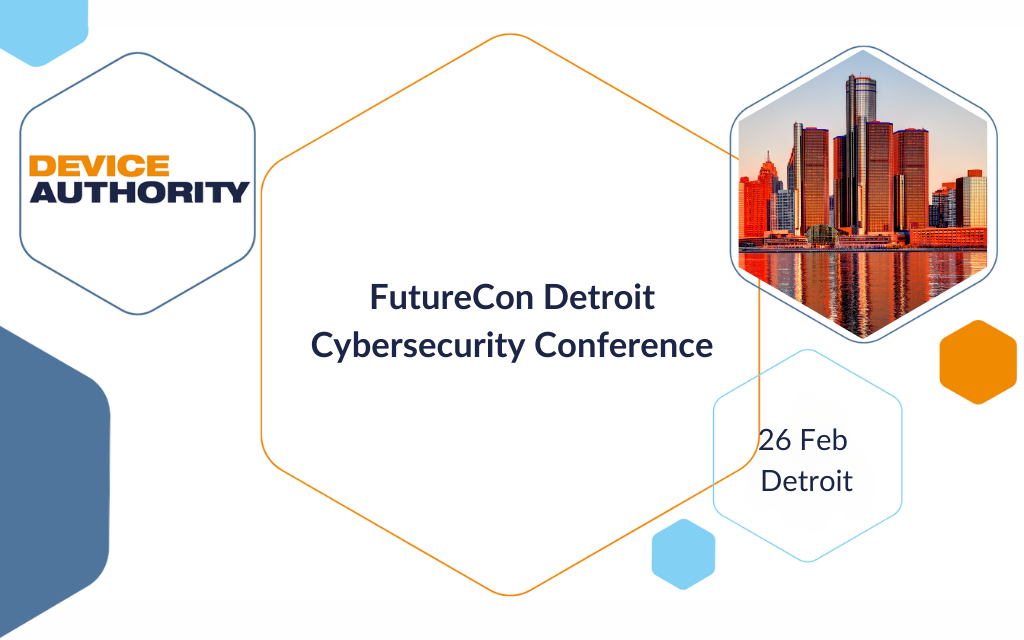
FutureCon Detroit Cybersecurity Conference – 26 Feb

FutureCon St. Louis Cybersecurity Conference – 21 Mar St. Louis
This event is the perfect opportunity to discover cutting-edge security approaches and learn how to manage risk in the ever-changing cybersecurity world.
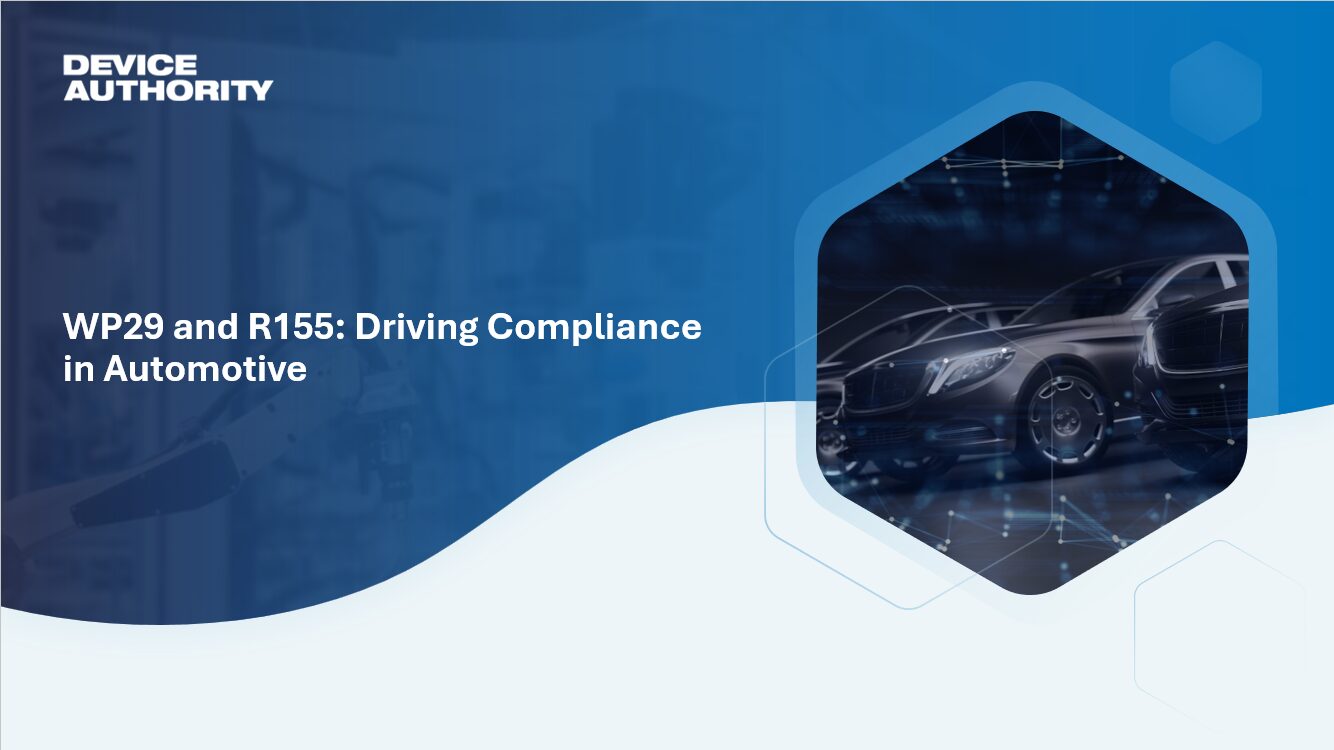
WP29 and R155: Driving Compliance in Automotive
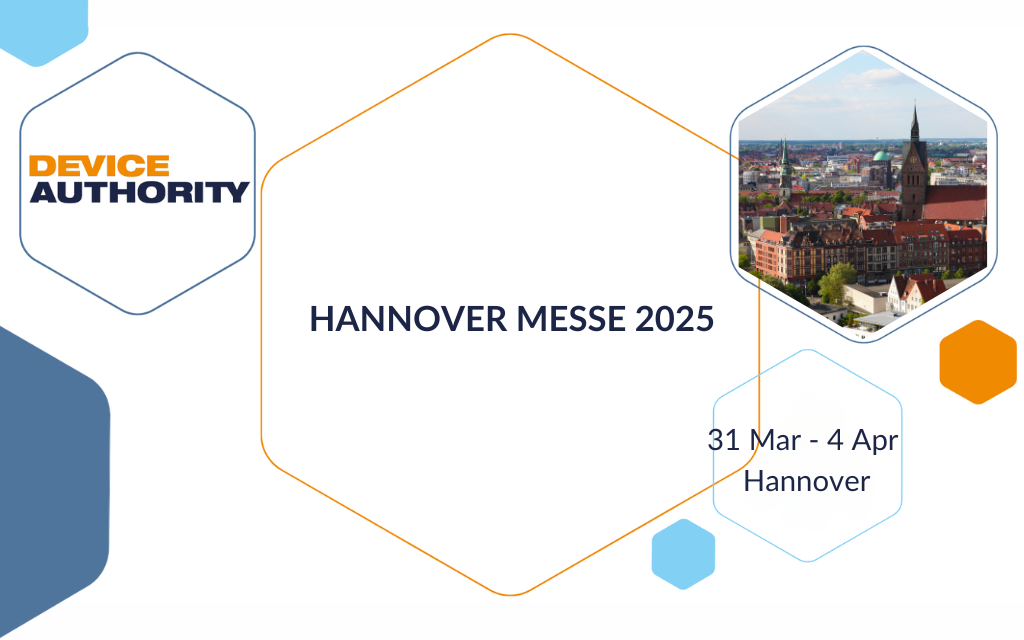
HANNOVER MESSE 2025 – 31 Mar – 4 Apr Hannover
At the world’s leading industrial trade fair, companies from the mechanical engineering, electrical engineering and digital industries as well as the energy sector will come together to present solutions for a high-performance, but also sustainable industry. More than 4,000 companies will be acting as an interconnected industrial ecosystem and demonstrating how climate neutrality can be achieved through electrification, digitization and automation.
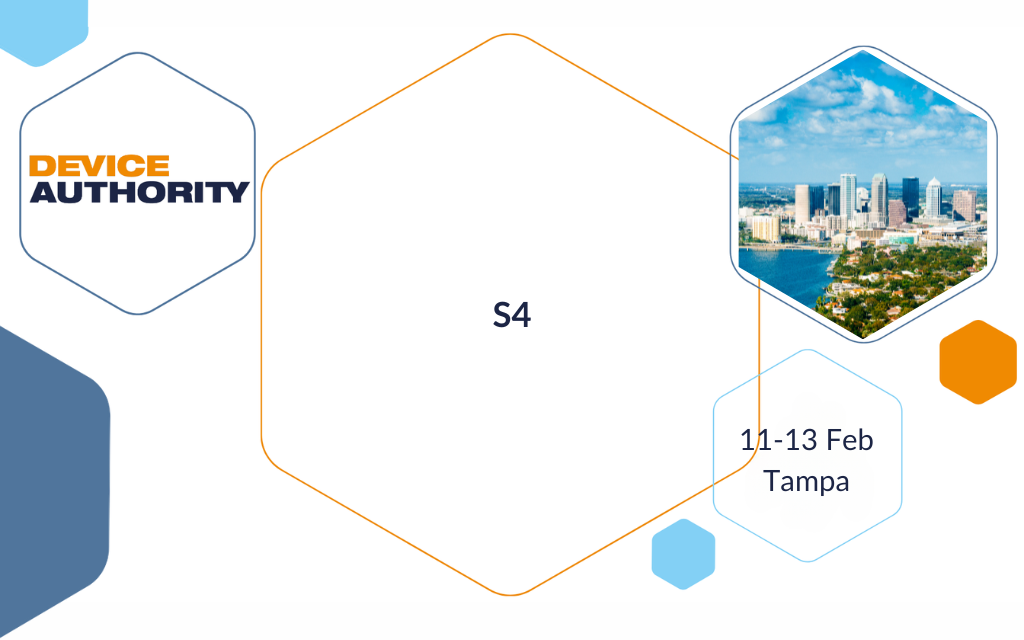
S4 – 11-13th Feb Tampa
Set free a conservative, slow moving, change resistant community to discover new ideas and come up with innovative ways to use these new ideas to deploy secure, resilient and better ICS. It’s 3-days on 3-stages of sessions for the advanced OT security pro and early adopters. S4 is much more than the sessions. You will be with 1,000+ of the best in world talent. Influencers. Creators. People who are pushing boundaries. And we have a lot of fun with parties and eclectic experiences. All this in a creative environment that is designed to break you out of your normal thought patterns.

ETAuto-5th Edition Connected Vehicle Summit 2025 – 20 Feb Chennai
In our increasingly technology-led world, the connected tech megatrend is making great strides.In the world of automobiles, connected technology has become almost a hygiene factor. However, the story has just begun. Experts believe the current levels of connected technology adoption could be seen as just the tip of the iceberg. According to McKinsey & Well, a UK based global consultancy firm, the global connected cars market alone could be as big as $ 56.2 billion by 2030, which is more than dou8ble the $ 23.5 it clocked in 2022.
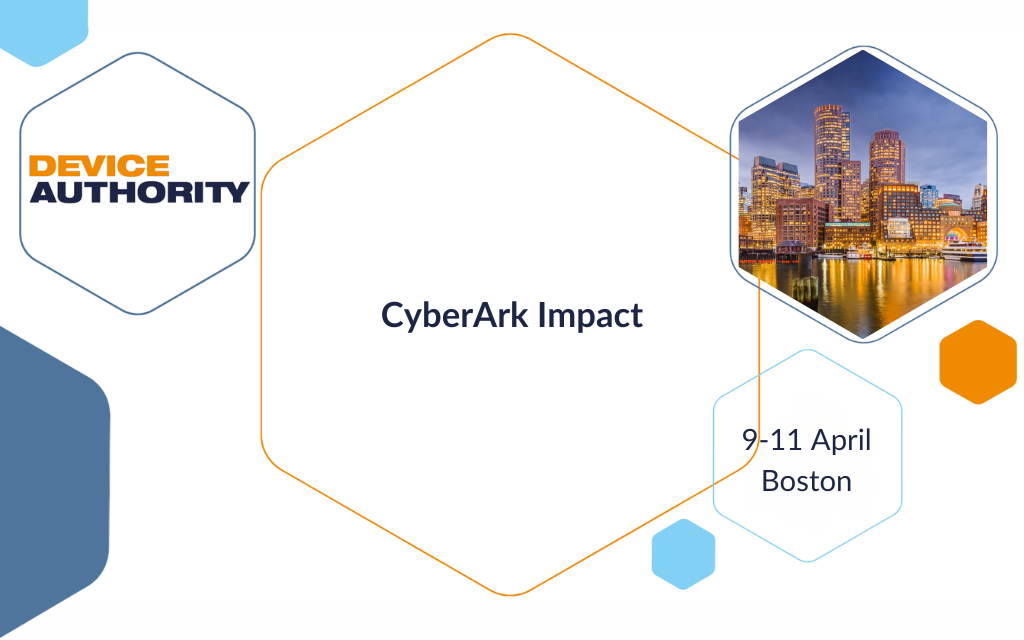
CyberArk Impact – 9-11 April Boston
CyberArk IMPACT World Tour is your passport to the latest advancements in identity security and a chance to connect with top experts and organizations dedicated to making the digital world safer for all. Taking place in more than more than 20 cities around the world, IMPACT World Tour will feature curated content and sessions most relevant to your geography, along with local customer and industry speakers. Join us at a city near you!

The Purdue Enterprise Reference Architecture: Strengthening IoT and OT Security in Industrial Environments
In an era where Industrial Internet of Things (IIoT) and Operational Technology (OT) are converging, securing industrial environments has never been more critical. The Purdue Enterprise Reference Architecture (PERA), a model that has been a foundation for network segmentation and security for over three decades, remains a pivotal framework for safeguarding industrial systems in this complex digital age.

